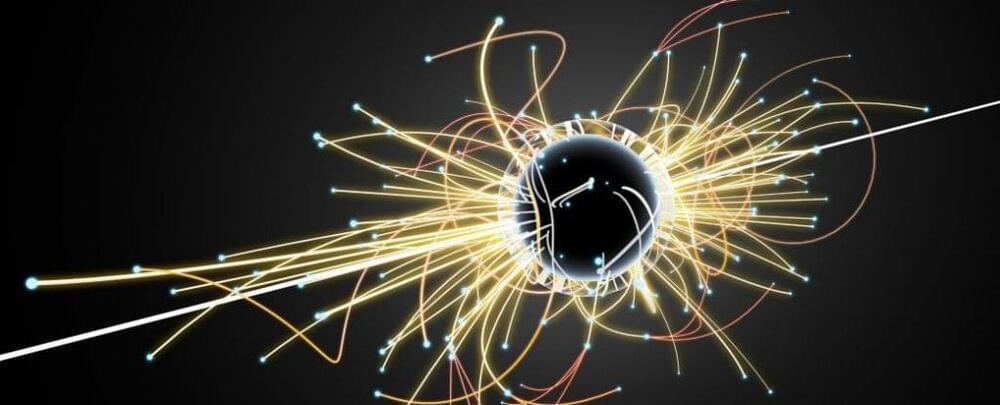I recently speculated on a toy model for scientific theology, with superintelligent God-like entities that live in the bare quantum vacuum. More speculations below.
This is not (yet) science — it’s far too vague and speculative to be called that — or theology. Call it science fiction (or “religion fiction” in the sense explored in my article “Religion Fiction Inspires Real Religion”) without the fiction. I guess I should write a science fiction story as a container for these speculations.
Therefore, I’ll often refer to superfluid vacuum theory (SVT) as “Cooper-Hofstadter theory” — a SVT that was featured in “The Big Bang Theory” TV show, of all things! Also, I guess Sheldon Cooper is more known than Leon Cooper.





